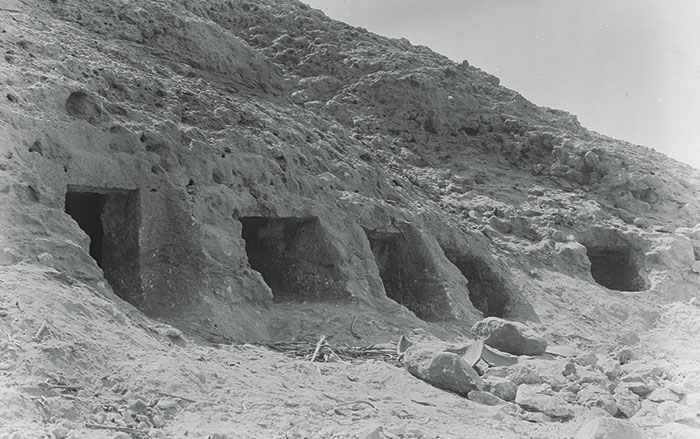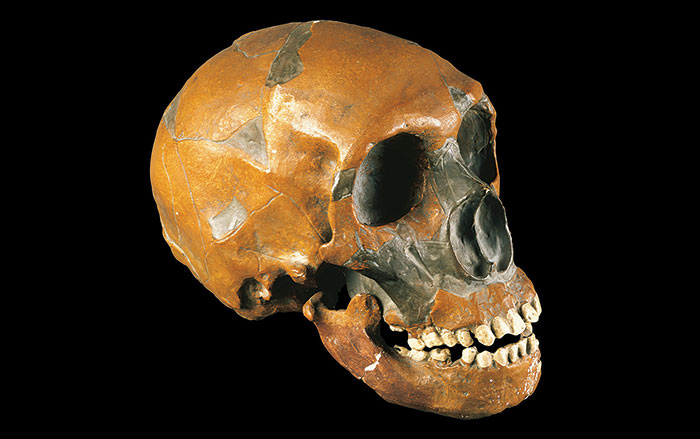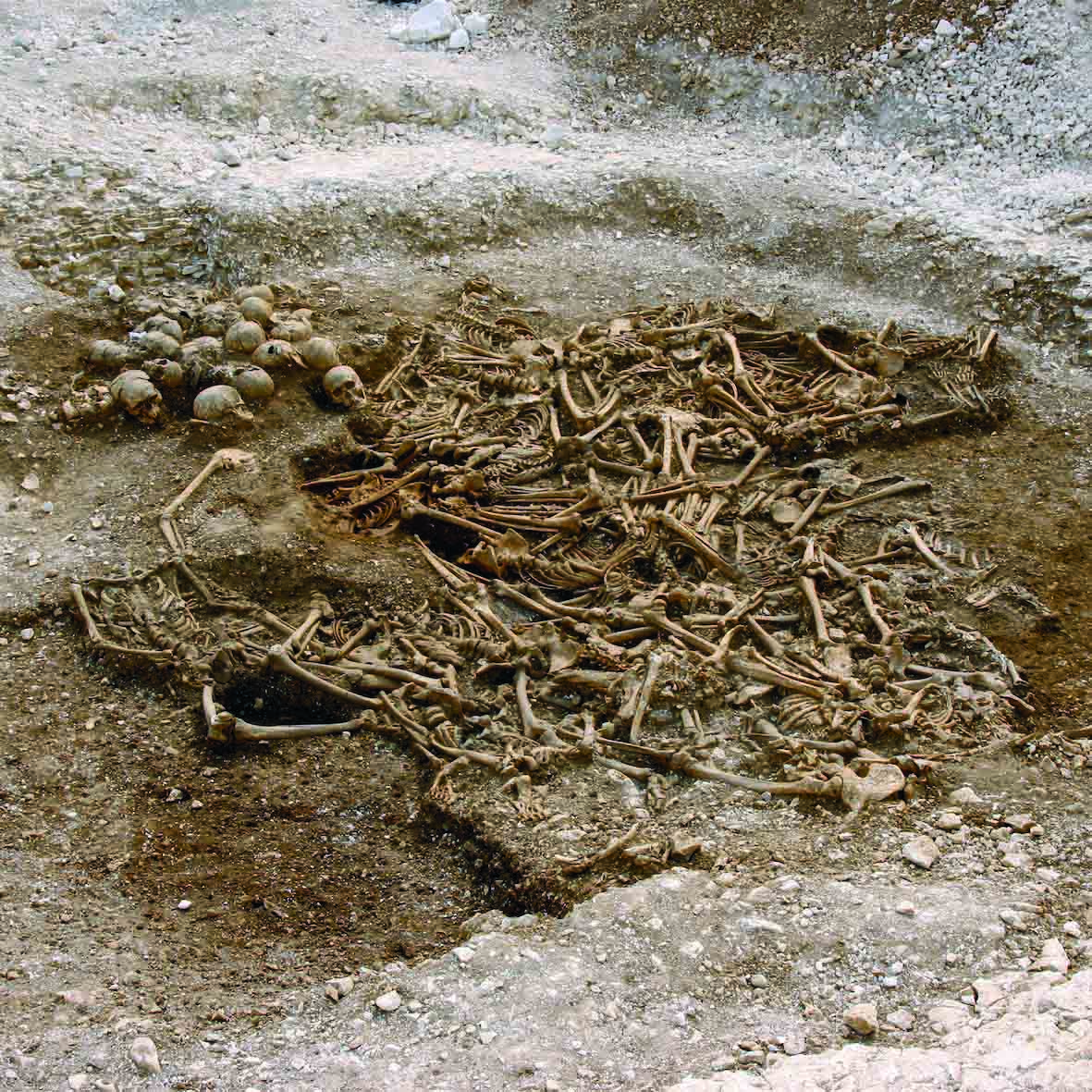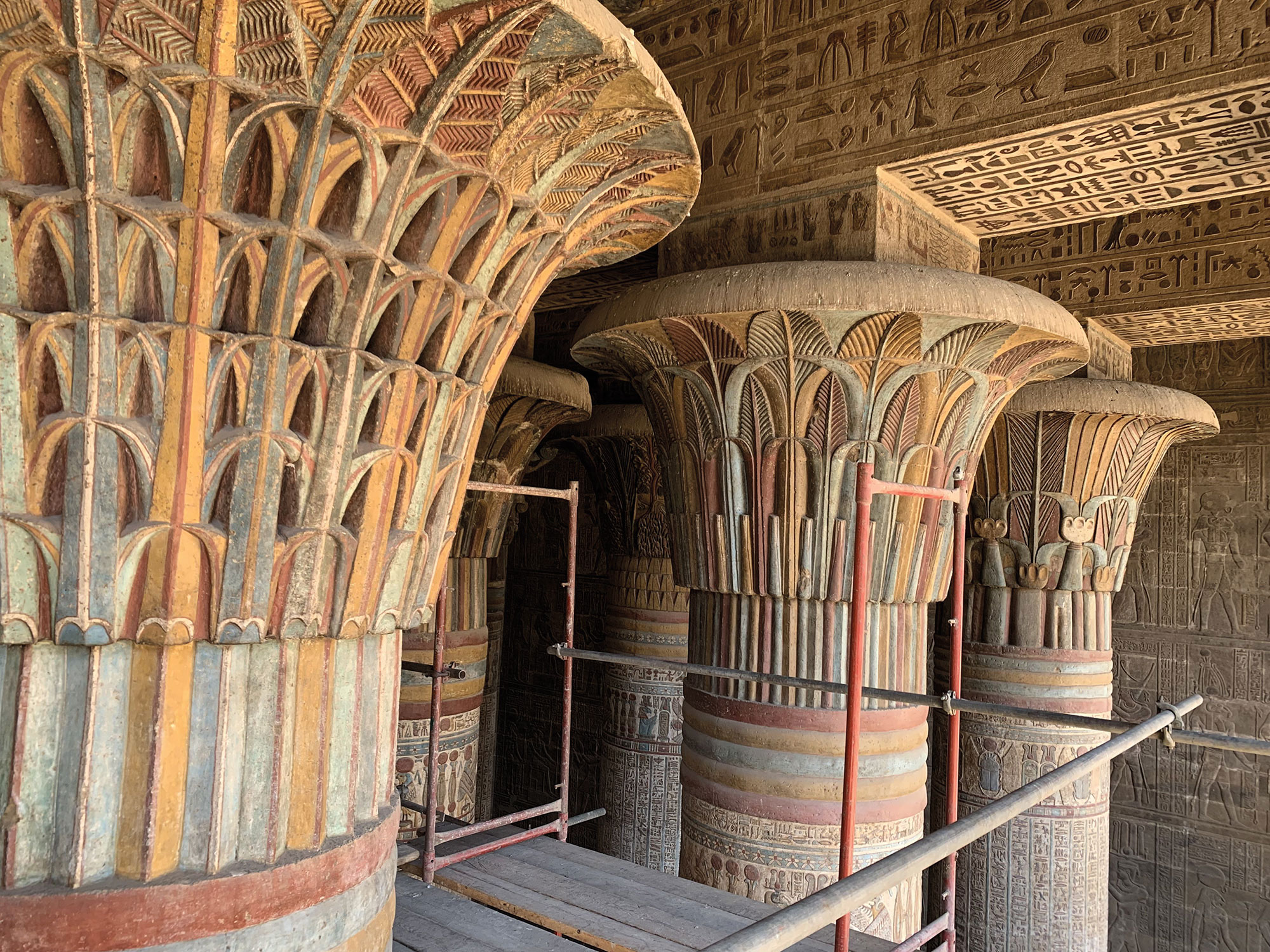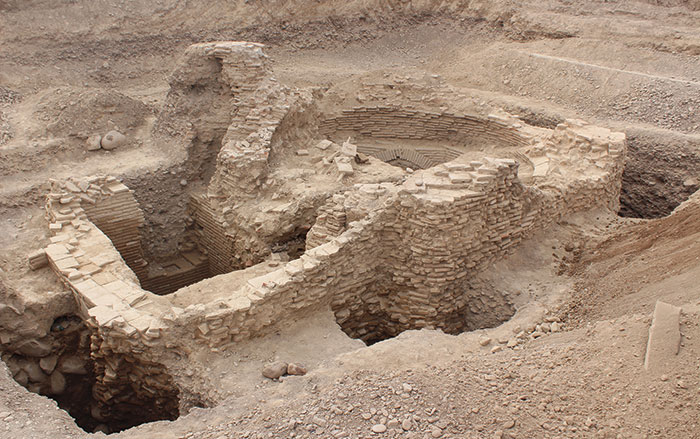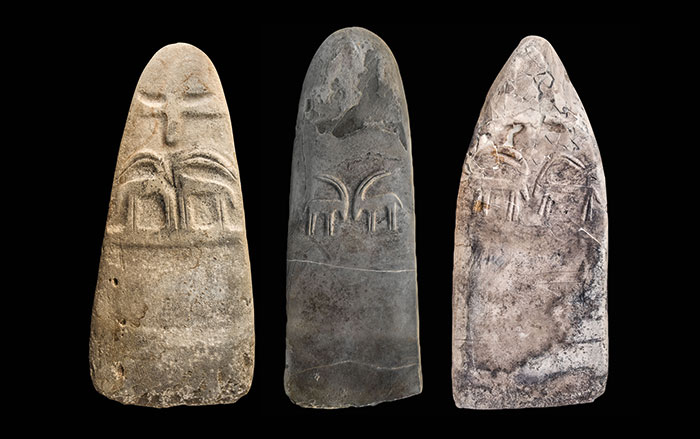
TAKARKORI, LIBYA—According to a statement released by the Max Planck Institute for Evolutionary Anthropology, for the first time, scientists have deciphered the genomes of two individuals who lived during the so-called “green Sahara” or African Humid Period. This was an epoch between 14,500 and 5,000 years ago when the Sahara Desert was transformed into a lush green savanna with rivers and lakes. It was also home to small human communities, including one with fifteen women and children who were buried 7,000 years ago at the Takarkori rock shelter in current-day Libya. Genomic analyses revealed that the ancestry of the Takarkori individuals primarily derives from a previously unknown and now defunct North African human lineage that diverged from sub-Saharan African populations around 50,000 years ago. It had long been believed that the favorable climatic conditions of the period created a migration corridor and fostered interactions between North African human groups and sub-Saharan Africans, but the study demonstrated that this was not the case. “Our research challenges previous assumptions about North African population history and highlights the existence of a deeply rooted and long-isolated genetic lineage," said researcher Nada Salem. The study found that these early North African populations remained largely isolated. Researchers did detect traces of Neanderthal DNA in the Takarkori individuals—10 times less than people living outside of Africa had, but more than contemporary sub-Saharan Africans. Read the original scholarly article about this research in Nature. To read about other finds at the Takarkori rock shelter, go to "Around the World: Libya."




